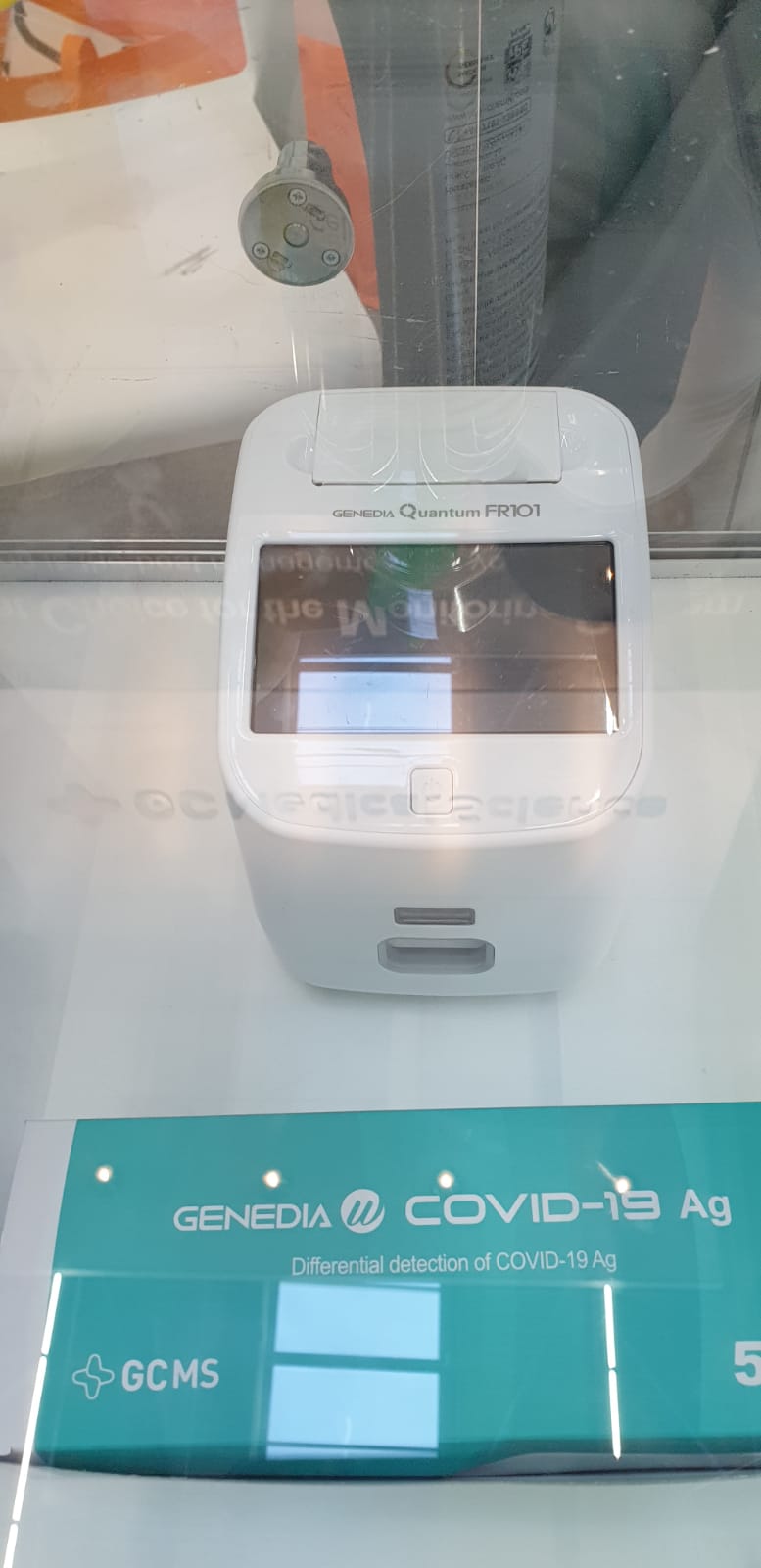COVID-19 Ag Rapid Test
The COVID-19 Rapid Antigen Test, a lateral flow chromatographic immunoassay, looks for protein fragments of the virus and thus its direct physical presence in the body. It is performed using a swab from the oral cavity or from the nasopharynx. This is extracted into a buffer solution and then pipetted into the test cassette. A qualitative result is ready in less than 20 minutes.
The diagnostic sensitivity is 97.56% (ct value: 20 – 30) and the diagnostic specificity is >99.9%. That means positive antigen test results are highly accurate. However, as there is always a residual risk of a false negative result if, in doubt, a PCR test should be performed to confirm negative results. The choice between antibody, antigen, and PCR testing is not a one or other decision. Rather, the best tactic is a combined application.
Test properties:
- Optimized testing process
- High specificity (>99.9%)
- Highly sensitive with high viral loads: 97.56% (ct value: 20 – 30)
- Easy to use
- Fast and reliable test results in just 15 minutes
- Testing can be performed using nasal, nasopharyngeal, and oropharyngeal specimens.
- It can be stored at room temperature.
- All test components, including sterile swabs, are included.
- No cross-reactivity with seasonal coronaviruses (such as hCoV-229E, -HKU1, -NL63, and -OC43) or influenza viruses (such as influenza A/B)
Importance of the antigen test
While the COVID-19 IgG/IgM Rapid Test detects the virus indirectly, the COVID-19 Rapid Antigen Test detects it directly by checking for the presence of specific proteins of the SARS-CoV-2 virus. Therefore, antigen detection closes a diagnostic gap. The nucleocapsid (N) protein is ideal for virus detection because it is highly abundant in the virus and specific enough for SARS-CoV-2. It is one of the 4 most important structural proteins of the virus and is involved in the replication, transcription and packaging of the viral genome.
The COVID-19 Rapid Antigen Test is a lateral flow chromatographic immunoassay for the qualitative detection of SARS-CoV-2 viral nucleoprotein antigens in human nasal- and oropharyngeal specimens. The test is intended to be used as an aid in the diagnosis of SARS-CoV-2 infections. It should be noted that the concentration of viral nucleoprotein antigens may vary during the course of the disease and may fall below the detection limit of the test. The possible infectiousness of test subjects cannot be excluded based on negative test results.

